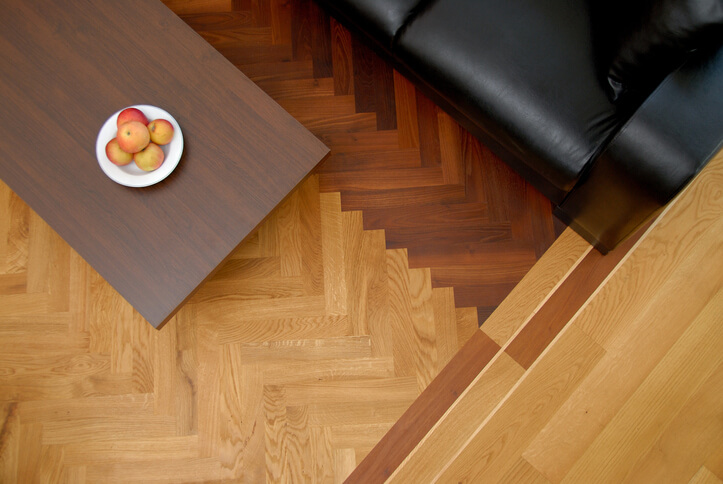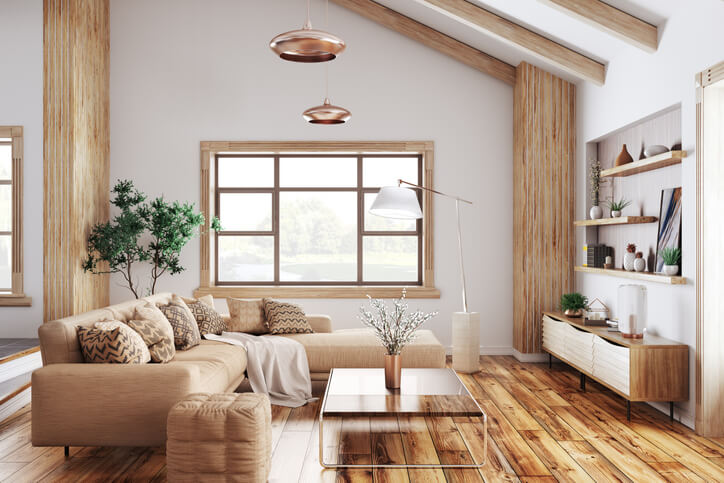The Best Direction to Lay Hardwood Flooring
As a homeowner, updating your space with beautiful new hardwood flooring is one of the best decisions you can make. Not only is it one of the most valuable home improvements, but it’s a relatively swift renovation with all things considered. On average, it takes just 1-3 days to install hardwood. But, before you pick out the right style of wood and schedule the installation, it’s important to consider one final question. What’s the best direction to lay hardwood flooring? Well, it all depends on a few factors, which we will discuss below.
What Are Your Options?
First off, let’s start by talking about your flooring direction options. Did you know that laying your floorboards in a certain direction adds a lot to the overall look of the finished floor? It’s true. As such, pay close attention to the size of the room(s) you are flooring, as well as the style of your home. Most importantly, do your best to plan the exact layout prior to the start of the installation. Here are some of the most common floor patterns and directions:
1. Straight/ Vertical
This is the most common floor pattern and it’s also the easiest and least expensive to install. Win, win. In most homes, this means running the planks lengthwise straight away from your front door all the way to the back. Straight patterns are perfect for most rooms and the result is always a simple, yet contemporary design.
2. Horizontal

Unique floor patterns, like Herringbone and diagonal concepts, improve the transition from one room to another while adding depth and dimension.
If you find that your room is more narrow than it is long, then a horizontal flooring pattern should fit the bill. This pattern makes the room appear longer than it actually is by drawing the eye side-to-side rather than down and straight.
3. Diagonal
If a touch of elegance is what you’re after, you can’t go wrong with a diagonal floor direction. Similarly to the traditional vertical design, the hardwood boards are installed parallel to each other, but laid at a 45-degree angle to the walls. This design helps to improve the transition from one room to another and is most commonly used for oddly-shaped rooms.
4. Herringbone
Perfect for larger rooms, think of the herringbone style as a diagonal zig-zag pattern. Wooden planks are laid out in a “chevron style” to achieve an unforgettable, artsy design. Overall, when done correctly unique patterns add depth and dimension to make a room even more beautiful. However, keep in mind that herringbone and diagonal patterns are more expensive than straight patterns. You will need to add 15% of extra material to account for the cutting and waste.
5. Random
If a unique, custom appearance is right up your alley, go with a randomized flooring direction. The installation still involves a parallel design, the only difference is that a mixture of boards with different widths are used. The result? A beautiful rustic floor that catches your eye every time you enter the room. Not to mention, you can choose the amount of wide and narrow boards that suit your individual taste.
Consider the Type of Room/ Dimensions
The direction of the floorboards makes a significant difference in how small or large a room appears. Therefore, if you are installing new hardwood in a small room, for instance, the main entrance or a hallway, consider laying the boards outward from the doorway (AKA straight/vertical direction). This pattern will naturally guide traffic and make the area look less busy.
Conversely, if you are installing floors in a bedroom, for example, it’s likely best to lay the boards parallel to the longest wall in the room (AKA horizontal direction). This is especially true if your room is narrower than long. This flooring direction will prevent the room from feeling closed in.
Light Source Matters

For rooms with a lot of natural light, it’s best to run your floors in the same direction of the light. This creates the illusion of an even floor.
Consider the amount of natural light that exists in your room before choosing a floor direction. Ultimately, this will impact how and where the light falls between the boards, which can make imperfections more obvious. For rooms with a lot of natural light, it’s best to run your floors in the same direction as the light. If you were to install them perpendicular to the light source, any height variations in the floorboards will show up and cast an unsightly shadow. Thus, aligning the floors along the direction of the light creates the illusion of an even floor.
Elite Hardwood Flooring Can Help
At the end of the day, there is no “perfect” direction to lay hardwood flooring. It’s all about considering your individual style and the layout of your home. If you are looking for new hardwood flooring or to maintain your current flooring, give Elite Hardwood Flooring a call today. We provide expert installation, dustless sanding, and finishing services for homeowners all throughout Maryland.
Share

